Europe
Europe
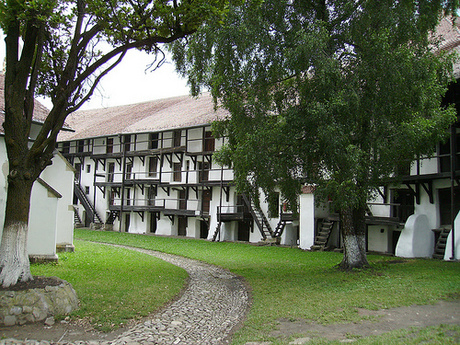
Prejmer (German: Tartlau; Hungarian: Prázsmár) is a commune in Braşov County, Romania. Composed of three villages (Prejmer, Lunca Câlnicului and Stupinii Prejmerului), it is located 18 km northeast of Braşov. Prejmer Fortified Church is one of a series of UNESCO-listed historic churches in Romania and is known for being the largest church of its kind in south eastern Europe. Built from 1212 and completed in 1225, Prejmer Fortified Church was a construction of the Roman Catholic Teutonic knights.
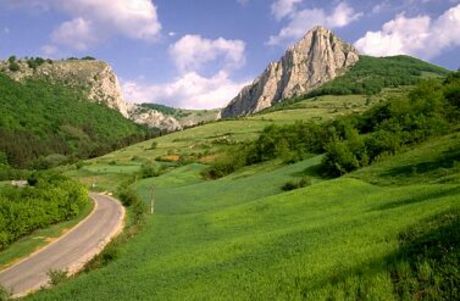
The Apuseni Mountain range, in the western Carpathians, is a landscape of exquisite beauty and mystery. Here, you’ll find ancient legends of mountain spirits and rare species of wildlife, along with 4,000 caves, many of which can be explored. Scarisoara Glacier, a national monument, shelters the second largest underground glacier on the continent.
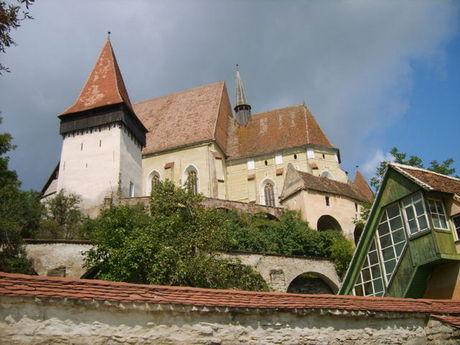
Biertan, just 8 kms off the main road that links the cities of Medias and Sighisoara, is one of the most impressive medieval strongholds in Transylvania. Perched on top of a hill the church is the heart of a fortress with 3 defense walls and 6 towers. Unlike other Saxon fortified cities, tourists visiting the fortress of Biertan must pay an entrance fee, for which they get a guide.
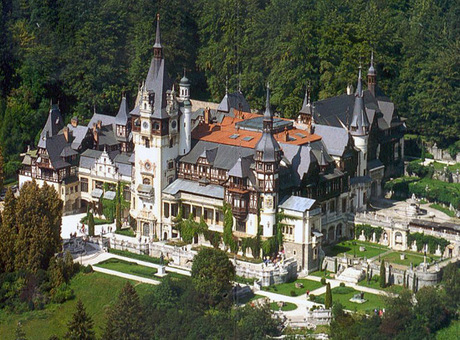
Located in Sinaia (44 km from Brasov), Peles Castle is considered by many one of the most beautiful castles in all Europe. It was the final resting place for several Romanian monarchs including King Carol I, who died here in 1914.
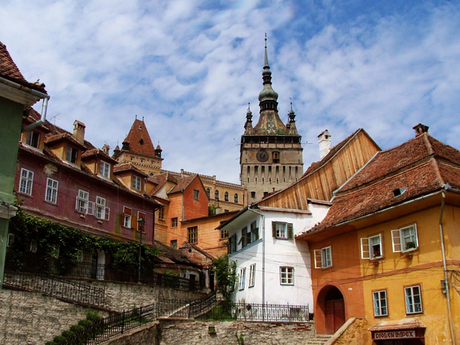
About one and a half hour north-west of Brasov (120 km), is Sighisoara (Hungarian: Segesvár, German: Schäßburg), the last inhabited medieval citadel in Eastern Europe. It is a place straight out of the pages of a fairytale - one of the best preserved mediaeval citadels in Europe, a magical mix of winding cobbled alleys, steep stairways, secluded squares, towers and turrets.
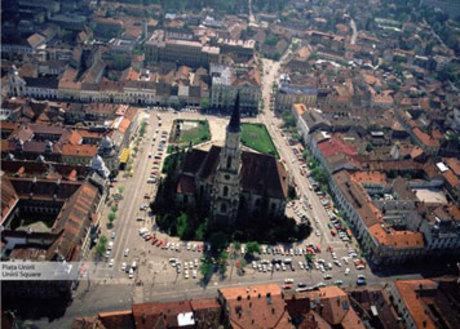
Cluj-Napoca (Romanian) or Kolozsvár (Hungarian), as capital of historical region Transylvania, is one of the most visited cities in Romania. The city, with 310,243 people, is very pleasant, and it is certainly a great experience for those who want to see urban Transylvanian life at its best. Along with fine dining, excellent cultural activities, a wonderful historical legacy and a great atmosphere, the city will certainly not disappoint those who add it to their travel itinerary. What's more is the fact that Cluj (as it's called for short) is so easy to access and get around.
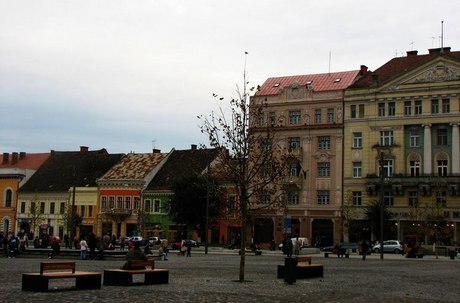
Piaţa Unirii (Romanian for Union Square) is the largest and most important plaza in the Romanian city of Cluj-Napoca. The square is one of the largest in Romania, with dimensions of 220 m by 160 m. The centre of the city spreads out from this square. The St. Michael's Church, with the highest church tower in Romania (80m), is the second largest Gothic-style church in Romania. The church was constructed in two phases. The first from 1316 to 1390 and the second from 1410 to 1487. Also, the statue of King of Hungary Matthias Corvinus is located here. Statue of Matei Corvin was unveiled in 1902 in the Cluj central square, becoming in time one of the distinctive signs of the city
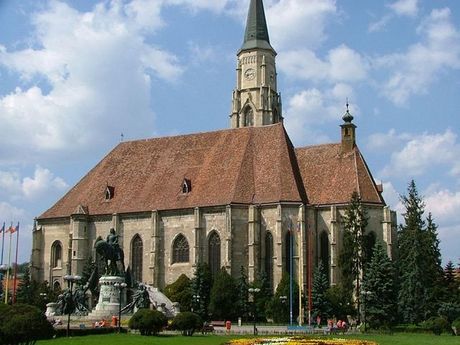
The Church of Saint Michael is a Gothic-style Roman Catholic church in Cluj-Napoca. It is the second largest church (after the Black Church of Brasov) in Transylvania, Romania. The nave is 50 meters long and 24 meters wide, the apse is 20×10 m. The tower with its height of 76 meter (80 meter including the cross) is the highest one in Transylvania. The western portal is decorated with the three coats of arms of Sigismund as King of Hungary, as King of the Czech Kingdom and as Holy Roman Emperor.
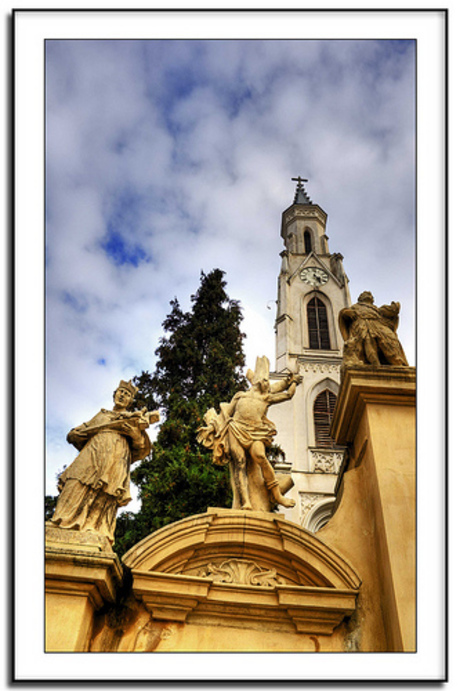
St. Peter and Paul Church - the church was built in 1416 in neolitical style by trade of saints Peter and Paul. Inside and outside the church was painted after the model of the coronation church in Budapest and her current look is due to changes made between 1844-1848. In 1977 church was fully restored.
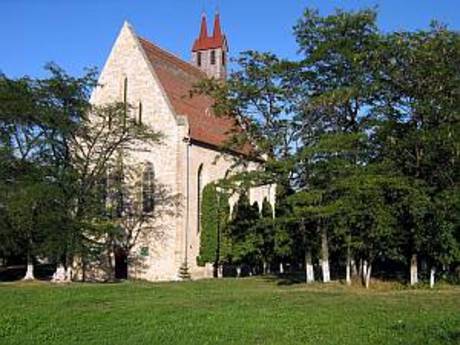
St. Mary Calvaria Church, Cluj-Napoca is one of the most popular churches in Cluj-Napoca. The St. Mary Calvaria Church, Cluj-Napoca can be traced all the way back to the 11th century. A Hungarian king established the St. Mary Calvaria Church, Cluj-Napoca. The St. Mary Calvaria Church, Cluj-Napoca was built on the remnants of the fortification constructed by a local ruler of Romania.
 1 2 3 4 5 6 7 8 9 10 11 12 13 14 1516 17 18 19 20 21 22 23 24 25 26 27 28 29 30 31 32 33 34 35 36 37 38 39 40 41 42 43 44 45 46
1 2 3 4 5 6 7 8 9 10 11 12 13 14 1516 17 18 19 20 21 22 23 24 25 26 27 28 29 30 31 32 33 34 35 36 37 38 39 40 41 42 43 44 45 46 
